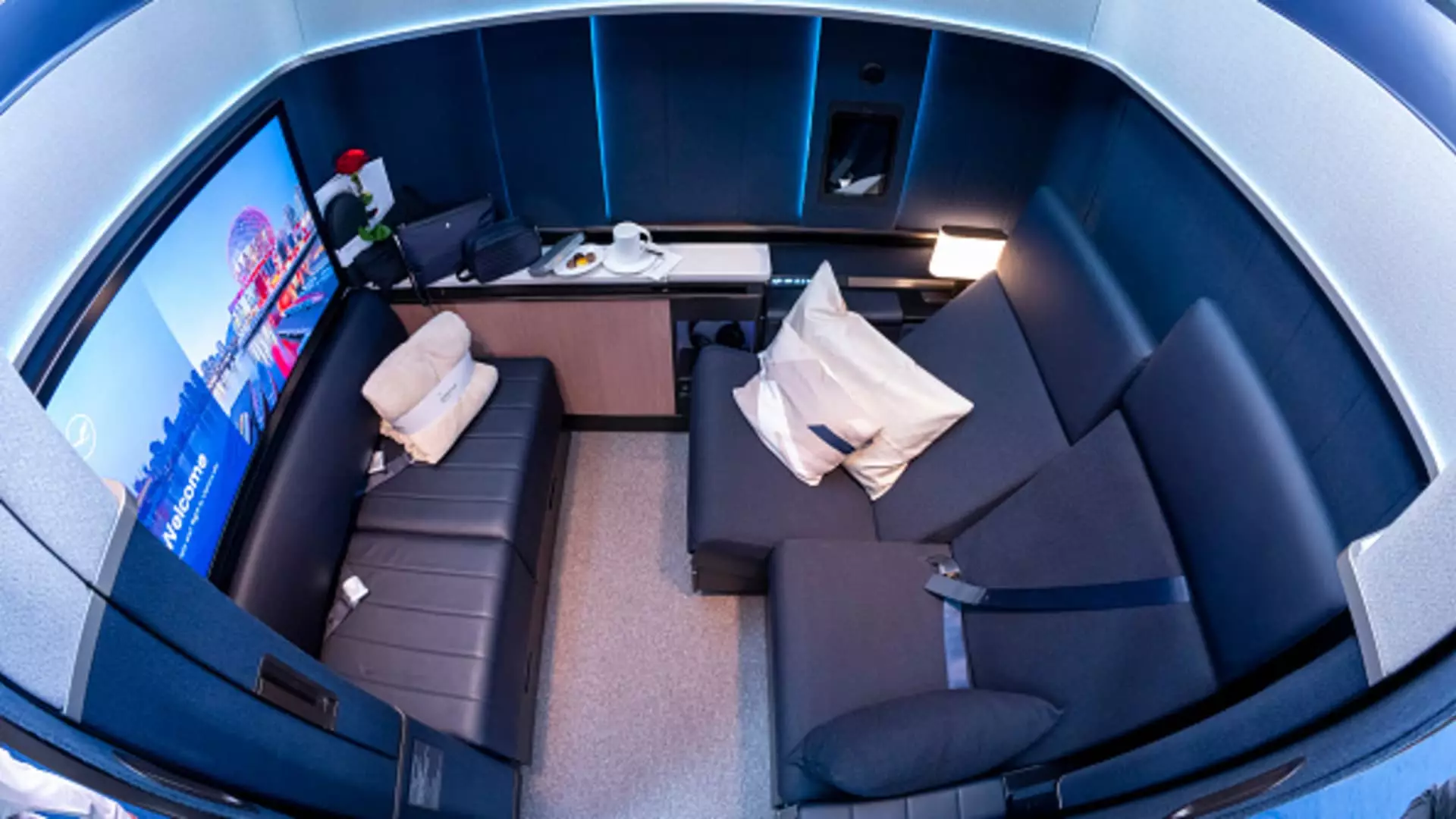The world of aviation is experiencing a pivotal transformation marked by an increasing demand for luxury and comfort in first and business class cabins. Enhanced experiences like heated seats, ultra-HD screens, and private compartments are not just perks but essential elements that airlines use to attract high-paying flyers. However, this quest for opulence is encountering significant setbacks due to the complex nature of certification and manufacturing processes, echoing the broader challenges faced by the aviation industry in the aftermath of the pandemic.
Airlines are racing to modernize their offerings, investing heavily in luxurious seating options to outclass competitors. Yet, functionality and safety regulations pose rigorous hurdles. Low-cost manufacturing and efficiency are also being prioritized, resulting in delays that hinder the timely delivery of new aircraft. Boeing and Airbus, the leading players in the market, are facing substantial challenges amidst these dynamics. According to recent statements from industry leaders like Boeing CEO Kelly Ortberg and Airbus CEO Guillaume Faury, the intricate design and certification processes for modern seating configurations are attributing to significant delivery delays.
The certification process for new seat designs requires meticulous assessment, focusing not only on aesthetics but also on safety measures that ensure passengers can safely exit in emergencies. The demand for seats that balance luxury and function, while maintaining compliance with increasingly stringent regulations, has become a complicated triangle that manufacturers must navigate. As noted by Ortberg, the intricacies involved in achieving approval for seats and cabin designs are consuming more time and resources than anticipated.
The recent delays in receiving seats and cabin installations are compounded by broader disruptions in the supply chain. The repercussions of the COVID-19 pandemic have left manufacturers grappling with shortages of essential materials and parts. The aviation sector’s complex supply chain had already been under considerable strain, and recent workforce reductions at the Federal Aviation Administration (FAA) could further delay certification processes for new aircraft.
In a climate where time is money, airlines are feeling the pinch. Delayed aircraft deliveries mean that airlines struggle to capitalize on new routes and flight opportunities. This bottleneck can prove detrimental, especially considering that airlines often receive bulk payments upon delivery, which is significant for their revenue streams. For instance, airlines like Delta have adopted a model that significantly depends on premium seating sales, illustrating how crucial the timely rollout of modern aircraft is for profitability.
Consumer behavior has shifted dramatically post-pandemic, with a greater percentage of airline revenue now coming from premium seats as opposed to standard economy fares. Delta’s revelation that 57% of its revenue now arises from premium services underscores a transformative trend in the aviation market. Passengers are increasingly prioritizing comfort and luxury, leading to an environment where investment in high-quality seating is not just warranted but essential for competitive survival.
Luxury seats, often compared in cost to high-end automobiles, are legitimate financial investments for airlines aiming to entice travelers willing to splurge for comfort. However, the ongoing struggle with seat designs and configurations means that some airlines have found themselves in a state of limbo, unable to meet consumer demand promptly. For instance, major airlines are waiting to debut new suites on planes like the Boeing 787-9 Dreamliner for months, a situation that threatens their competitive edge.
As airlines continue innovating their cabin interiors, the future of luxury travel is not solely contingent on just delivering the latest design but rather ensuring operational efficiency and regulatory compliance. With firms like American Airlines making significant strides to introduce new luxury seating options, the ongoing adjustments to seating plans and the delicate balance of weight distribution signal a broader shift towards sustainability in aviation’s luxury segment.
Continued investment in luxury cabin redesigns is inevitable, as airlines seek to strike a balance between comfort, safety, and operational efficiencies. Upcoming designs that deliver both aesthetic value and weight savings are likely to become critical in attracting post-pandemic travelers who desire comfort on their journeys.
The race toward opulent aviation experiences is on, but the path is fraught with multiple challenges. The evolving landscape requires a concerted effort among manufacturers, airlines, and regulators to enable the luxury experiences that passengers increasingly demand. Only time will reveal if the industry can adapt quickly enough to satisfy its evolving clientele’s new priorities.


Leave a Reply